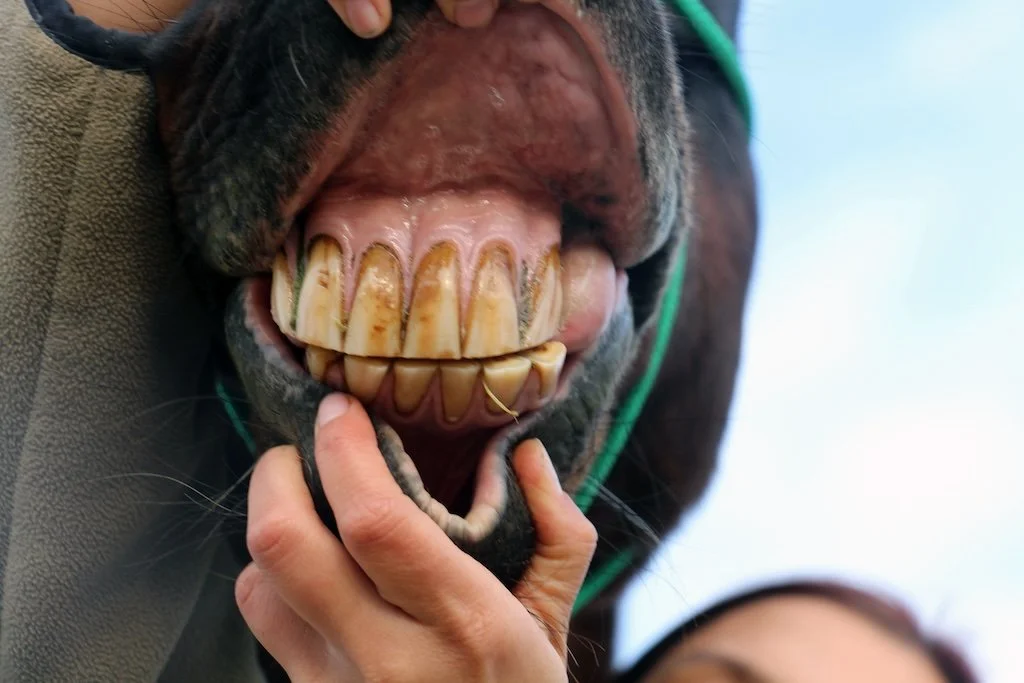The poll – what can go wrong?
The poll has a huge impact on the entire body, which is why issues in this area can cause dental imbalances, problems down the neck and even all the way down to the feet.
It is possible that tightness in the poll can cause chronic headaches.
Last week we talked a little bit about the anatomy and function of the poll area. This week I want to delve into what can go wrong with this very sensitive and important region of the horse's body. The small muscles around the poll can become tight due to many different reasons and this tightness has a huge impact not only on the function of the poll itself, but on the TMJ, the way the horse chews, the way he carries his head and uses the rest of his neck.
If the poll muscles are tight, they are constantly in a shortened state and it's hard for the horse to relax and lengthen them. This means the atlanto-occipital (AO) joint will be limited in its range of motion and harder to flex. Because the AO joint can only flex laterally when in flexion, correct lateral flexion of this region will become very difficult if the poll is tight. The horse will respond to the rider's aid for lateral flexion by using his atlanto-axial (AA) joint instead – he will tilt his head. This will alter the biomechanics of the entire neck and thoracic sling area – making health, balanced movement much more difficult. In the long run, the tension around the poll will start to transfer to other areas of the body, creating stiffness in the neck, a disengaged thoracic sling and even hoof imbalances.
Another important issue with poll tightness is the impact it has on the TMJ. The poll, the TMJ and the teeth are functionally connected so dysfunction in one area will have a negative impact on the other two. When we have tension in the poll, we often have tension in the TMJ as well, which will affect the way the horse chews. Because the TMJ plays an important role in balance and proprioception, dysfunction in this area will have an impact on how the horse perceives its environment and how he moves, especially over uneven terrain.
The poll, the TMJ and dentition are always connected. A problem that starts in the poll can easily end up in dental imbalance.
As if all of this wasn't enough, chronic poll tension can also be linked to headaches. Since horses can't complain about headaches, there is no way to know for sure if they suffer from them, but it is very likely that they do. The poll is where we find the myodural bridge – the connection between the muscles and fascia and the spinal cord. In people, dysfunction in this area is linked to chronic headaches. Likely, this can happen to our horses too.
Poll tension can also be a contributing factor to headshaking.
We see that a couple of small muscles being tight can wreak havoc on the horse's body – from issues with balance, to neck stiffness, thoracic sling dysfunction and foot imbalances to teeth problems and chronic headaches. The poll really does have a wide influence, which is why it is important to make sure it's happy and healthy. Next week we will talk more about how to make sure the poll is kept in tip top form.


